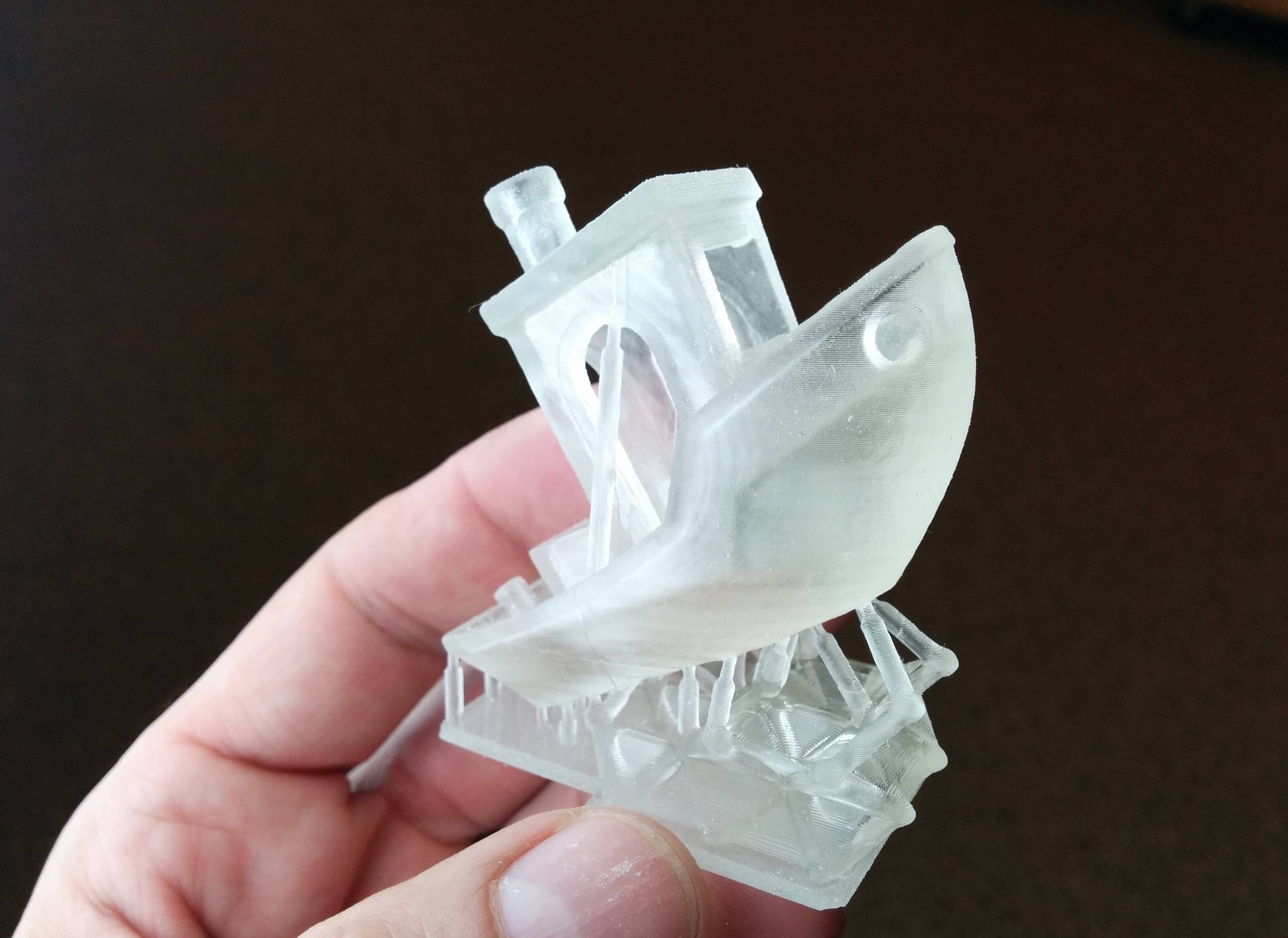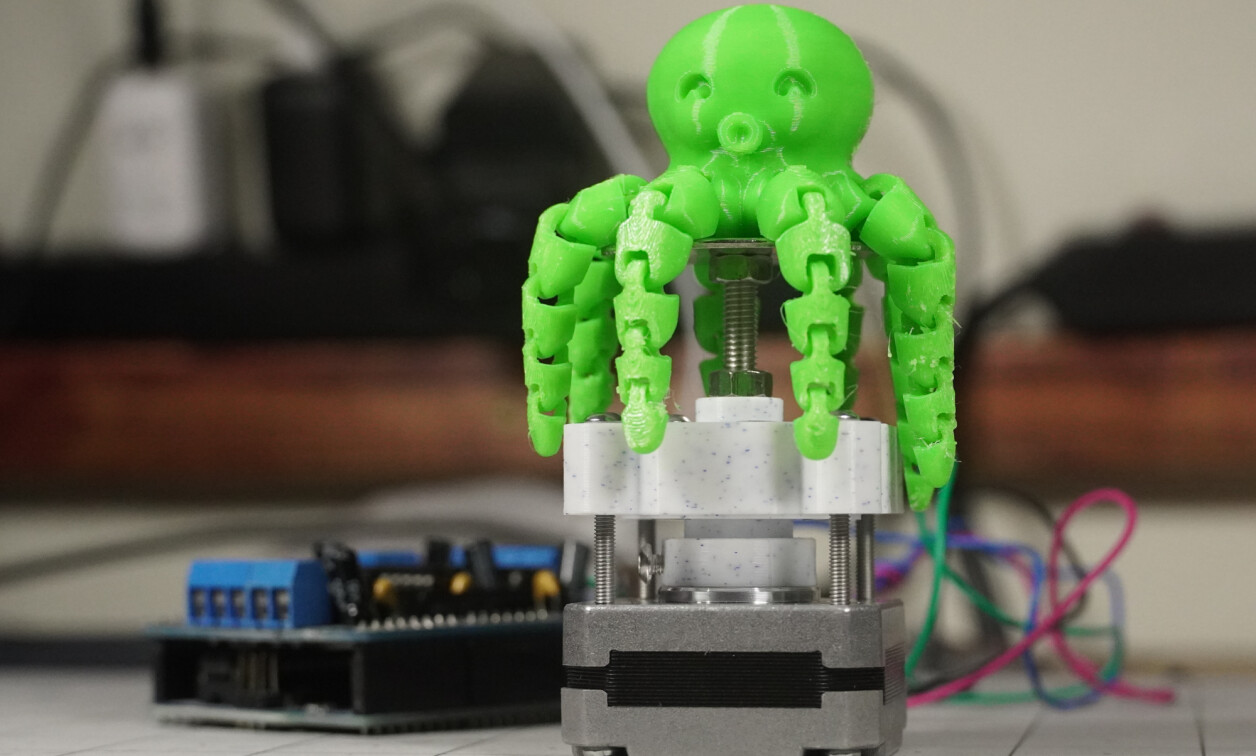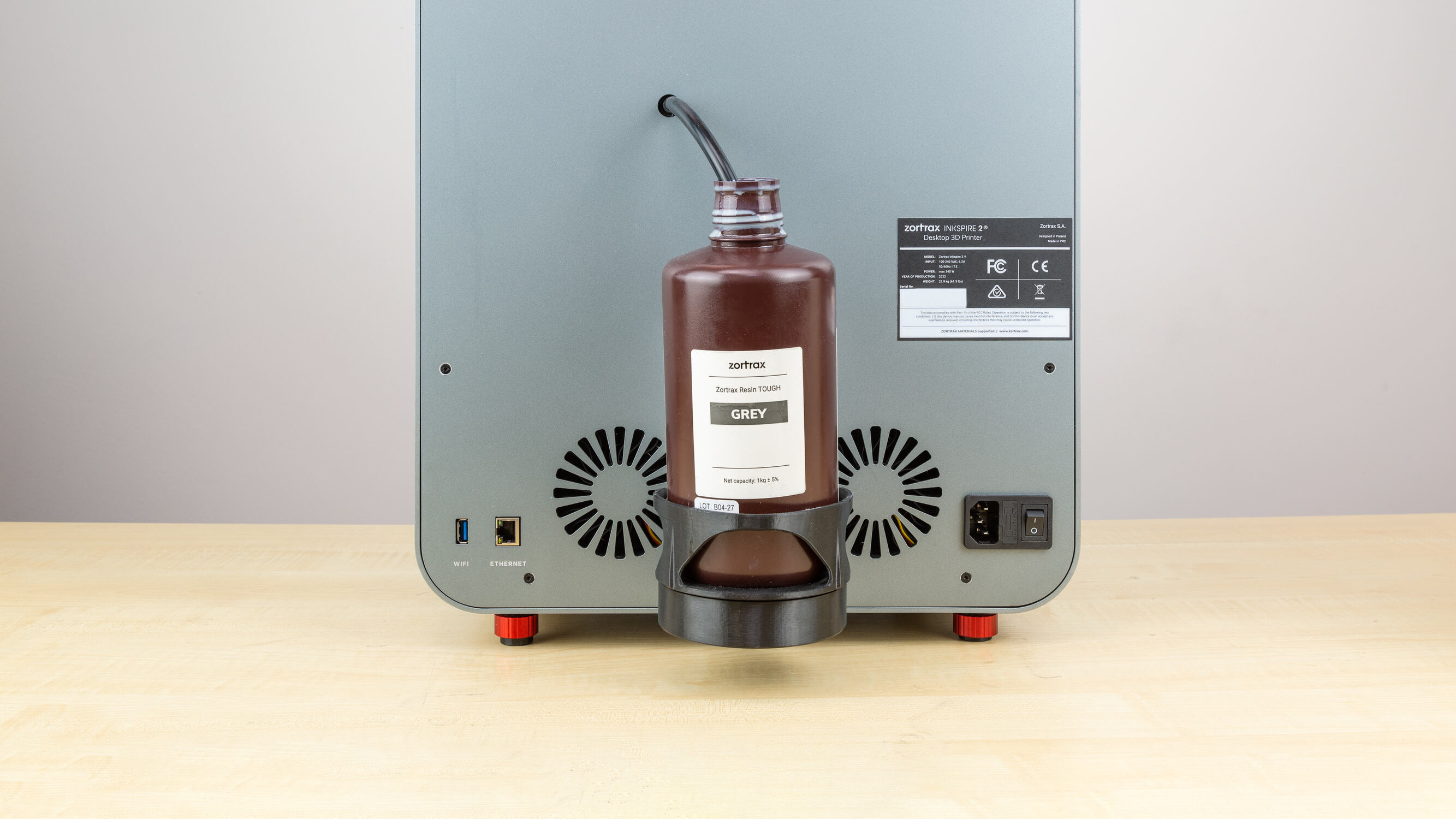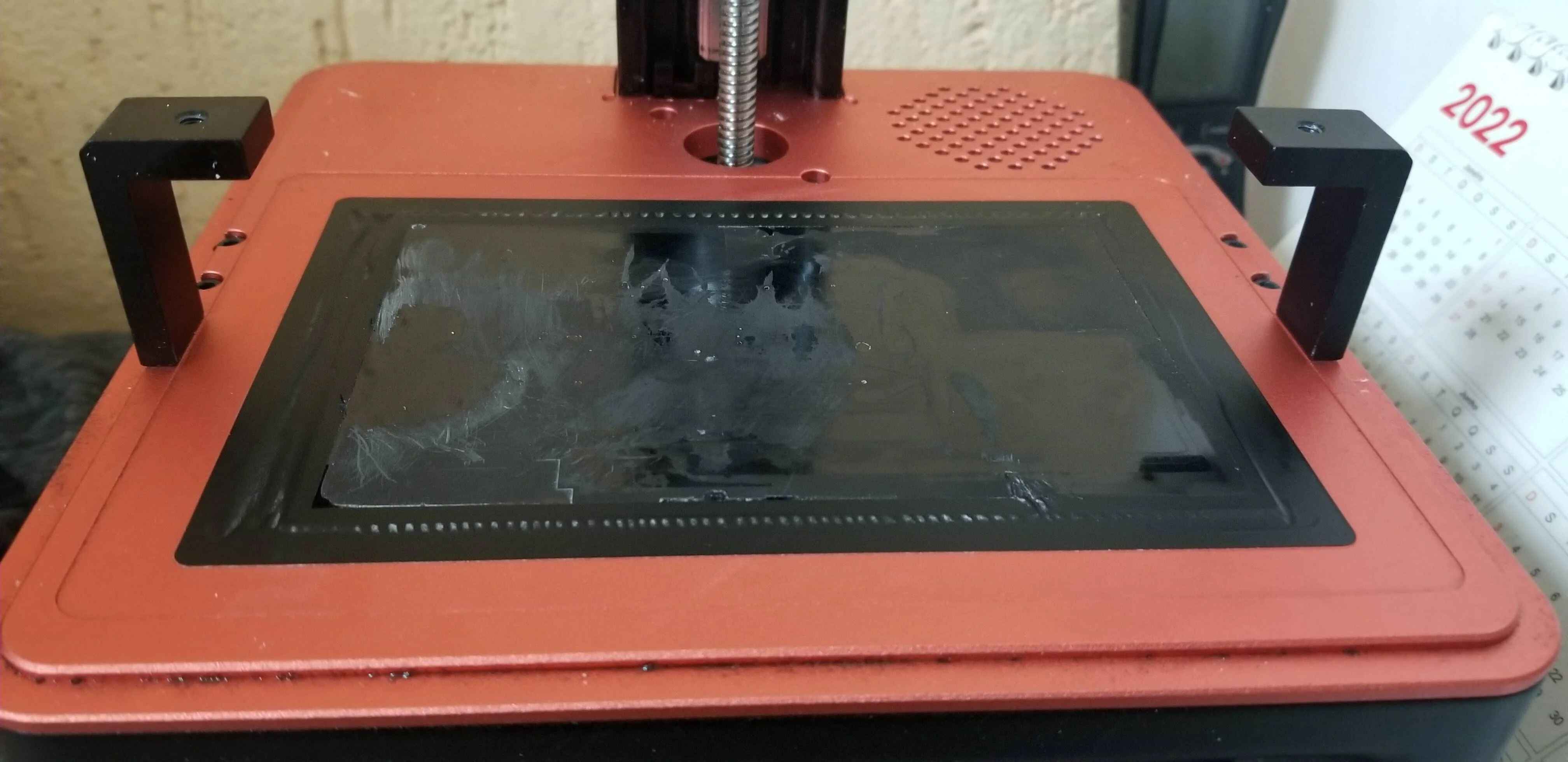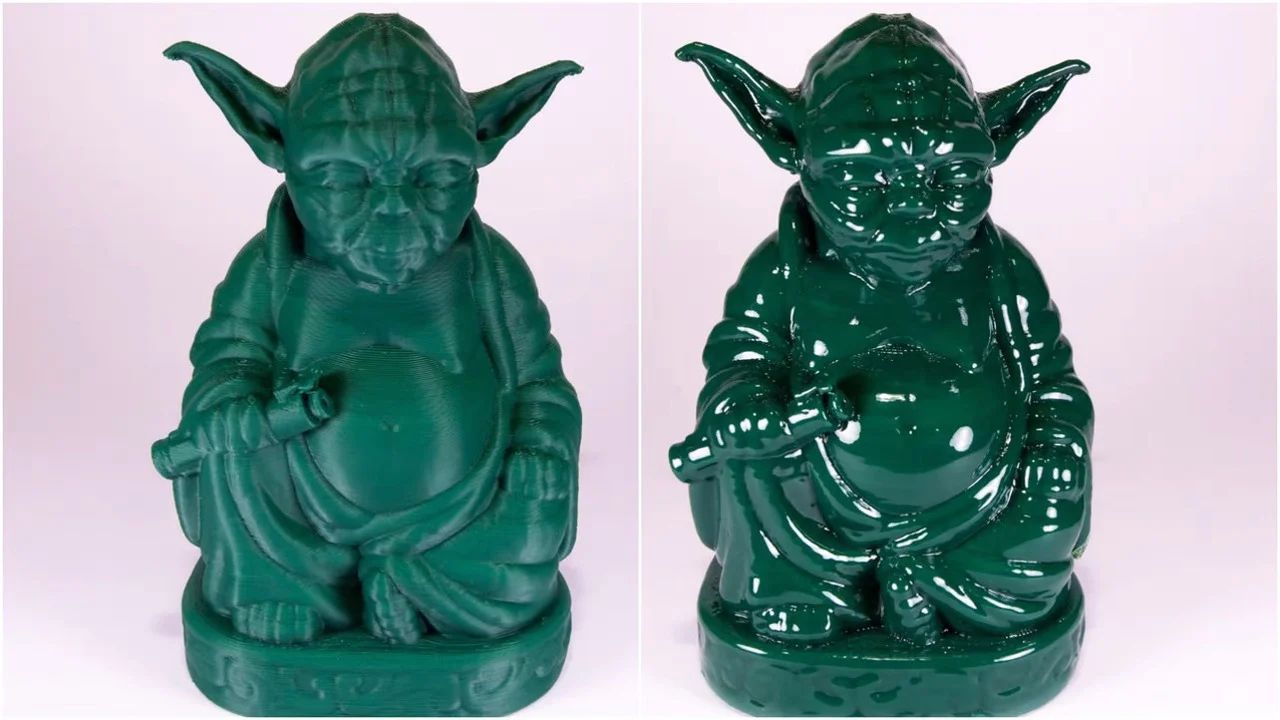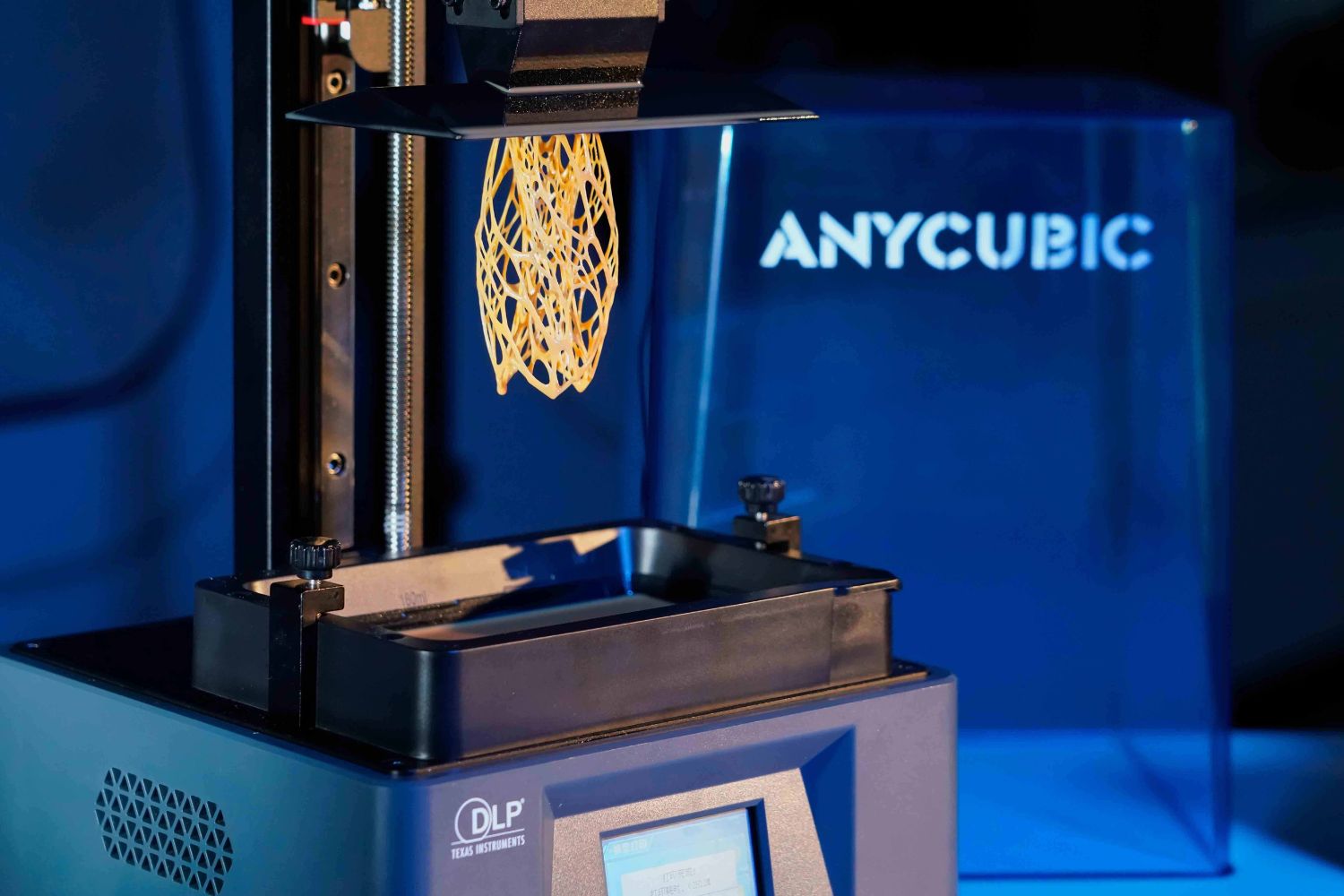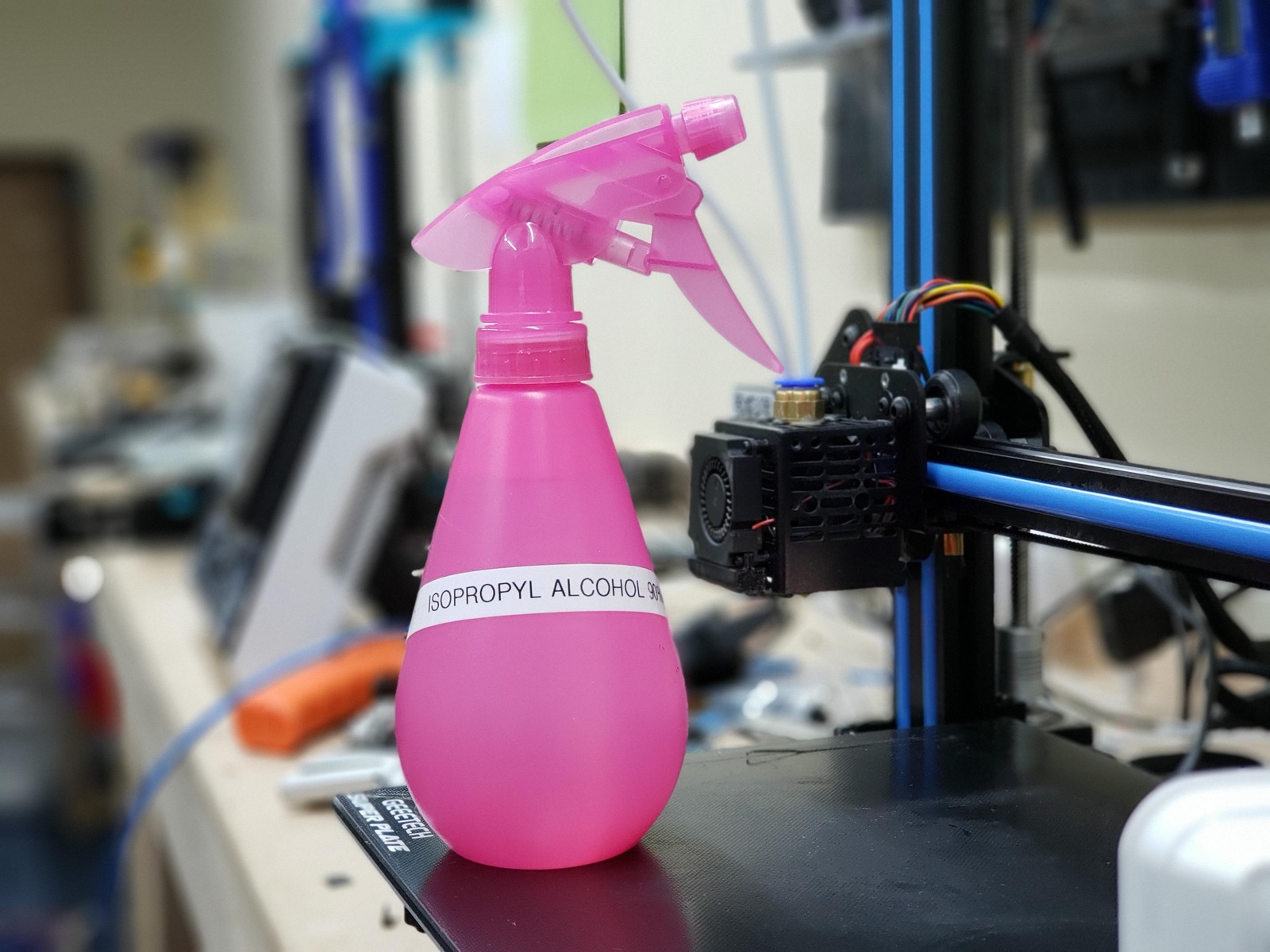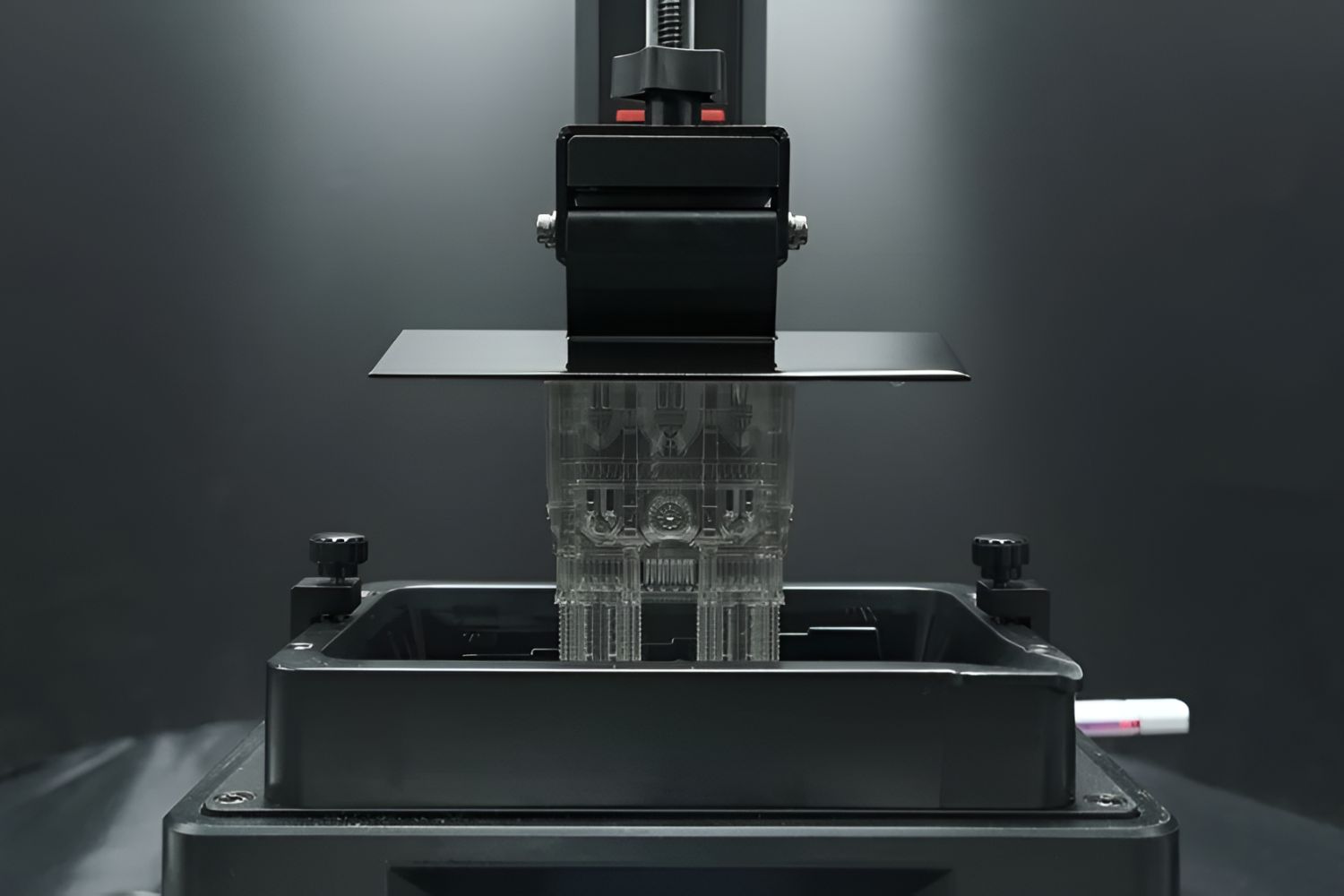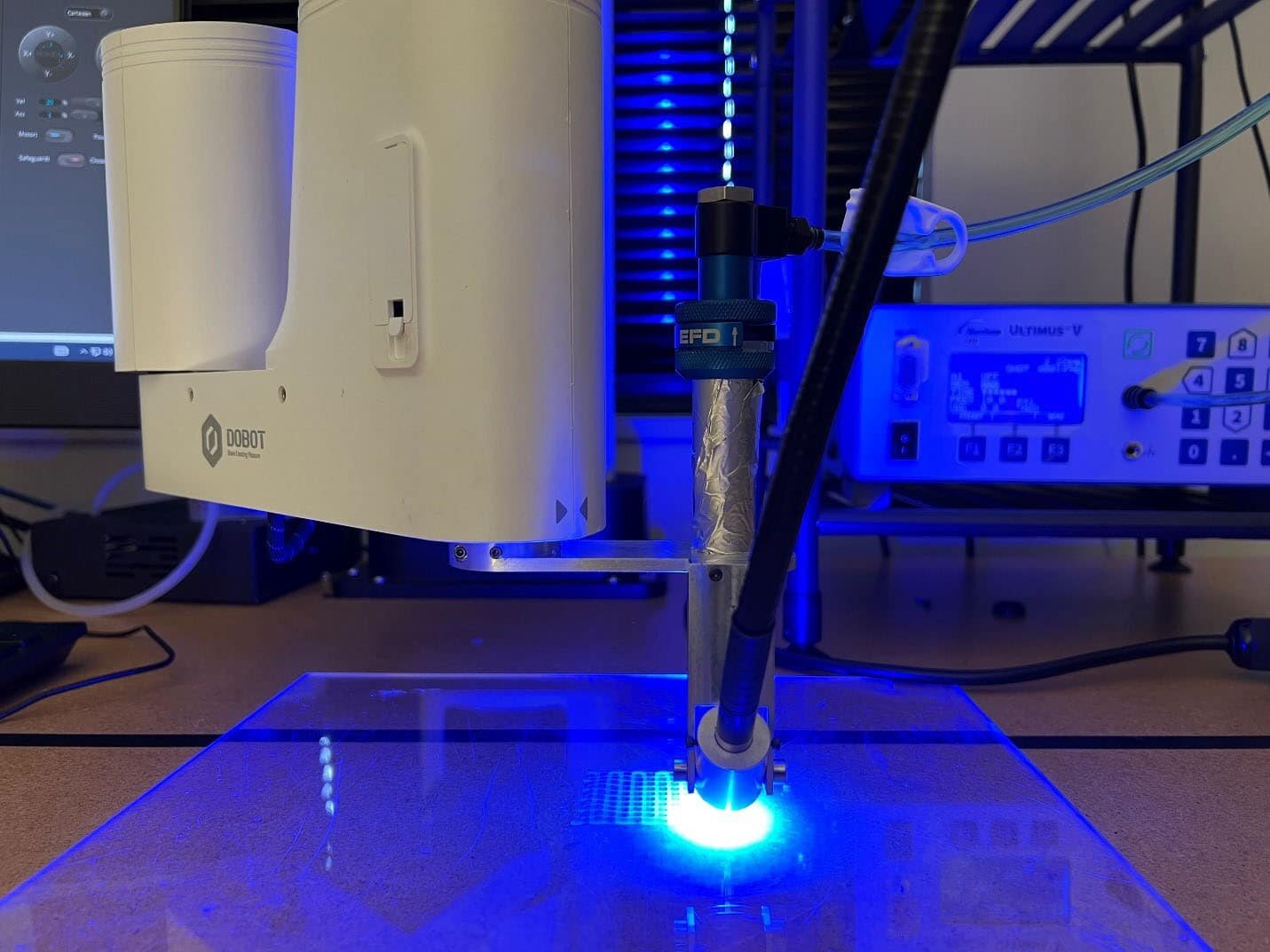Introduction
When it comes to 3D printing with resin, one common question that arises is how long can you leave resin in a 3D printer? It’s a valid concern, as leaving resin unused for too long can lead to a variety of challenges. In this article, we will explore the factors to consider when determining the optimal duration for leaving resin in your 3D printer.
Resin is a crucial element in the 3D printing process, as it serves as the material that solidifies to create the desired object. However, resin can deteriorate over time, affecting the quality of prints and potentially damaging the printer itself. Therefore, understanding the impact of leaving resin in the printer for extended periods is essential for maintaining optimal performance and achieving the best results.
Several factors come into play when considering how long you can safely leave resin in a 3D printer. These factors include the type of resin, the storage conditions, the properties of the resin, and the type and model of the printer. By carefully evaluating these factors, you can establish guidelines for the duration that resin can be safely left in your printer.
In the following sections, we will dive deeper into these factors and provide practical considerations to help you determine how long you can leave resin in a 3D printer. We will also discuss the benefits of longer exposure and the potential risks associated with leaving resin in the printer for extended periods. By the end of this article, you will have a better understanding of how to handle resin in your 3D printing process and make informed decisions for optimal printing results.
Factors to Consider
When determining how long you can leave resin in a 3D printer, there are several key factors to take into consideration. These factors can influence the shelf life and usability of the resin, as well as the overall performance of your printer. Let’s explore these factors in more detail:
Type of Resin: Different types of resin have varying properties and characteristics. Some resins have a longer shelf life, while others may degrade more quickly. It is important to review the manufacturer’s guidelines and recommendations for the specific resin you are using. This will provide valuable insight into the expected lifespan of the resin and any specific storage requirements.
Storage Conditions: Proper storage conditions play a crucial role in extending the lifespan of resin. Resin should be stored in a cool and dry place away from direct sunlight. Exposure to heat, moisture, and UV radiation can cause resin to degrade faster, leading to print quality issues. Consider investing in airtight containers or bottles designed for resin storage to minimize contact with air and environmental factors.
Resin Properties: Each resin formulation has unique properties that can affect its longevity. Some resins are more resistant to degradation, while others may be more sensitive. Factors such as viscosity, curing time, and chemical composition can impact how well the resin holds up over time. It is essential to understand the specific properties of your resin and how they relate to its shelf life.
Printer Type and Model: The type and model of your 3D printer can also influence how long resin can be safely left in the machine. Different printers have varying mechanisms and capabilities, which can impact their compatibility with specific resins. Manufacturers often provide guidelines on resin compatibility with their printers, including recommendations on storage duration. Consulting the printer’s user manual or reaching out to the manufacturer can provide valuable insights.
Taking these factors into consideration will give you a better understanding of how long you can safely leave resin in your 3D printer. However, it is important to keep in mind that guidelines and recommendations may vary between different resin and printer combinations. Always refer to the manufacturer’s instructions and perform regular checks to ensure the resin remains viable and suitable for printing.
Type of Resin
The type of resin that you are using in your 3D printer is an essential factor to consider when determining how long it can be safely left in the machine. Different types of resins have different properties, which can affect their shelf life and usability. Let’s explore the impact of resin type in more detail:
UV Resins: UV-curable resins are the most commonly used resins in 3D printing. These resins harden or cure when exposed to UV light. They typically have a relatively long shelf life and can be stored for several months when proper storage conditions are met. However, it is important to note that UV resins can degrade over time if exposed to heat, moisture, or UV radiation. It is advisable to follow the manufacturer’s guidelines to ensure the best results.
Flexible Resins: Flexible resins, also known as elastomers, are chosen for applications that require rubber-like properties. These resins tend to have a shorter shelf life compared to UV resins. They can become tacky or brittle over time, making them less suitable for printing. It is recommended to use flexible resins within the timeframe specified by the manufacturer to achieve the desired flexibility and durability.
Engineering Resins: Engineering resins, such as ABS-like or polypropylene-like resins, are formulated for functional prototyping and creating end-use parts. These resins can have varying shelf lives, depending on their specific formulations. It is important to review the manufacturer’s recommendations for storage and usage duration to maintain optimal print quality and mechanical properties.
Casting Resins: Casting resins are designed for molding and casting applications, such as creating jewelry or figurines. These resins typically have a longer shelf life compared to other types. However, it is essential to store them in a controlled environment to prevent moisture absorption, as this can affect the casting quality. Following the manufacturer’s instructions for storage and usage is crucial in achieving the desired results.
Understanding the type of resin you are working with is vital for determining how long it can be safely left in your 3D printer. Each resin type has specific characteristics and requirements, and following the manufacturer’s recommendations is crucial for maintaining the quality of your prints. Regularly checking the resin’s condition and discarding any expired or degraded resin is essential to ensure optimal results in your 3D printing endeavors.
Storage Conditions
Proper storage conditions play a crucial role in maintaining the quality and longevity of the resin in your 3D printer. Improper storage can lead to resin degradation, resulting in lower print quality and potential issues during the printing process. Here are some important factors to consider when it comes to storing resin:
Temperature: Resin should be stored in a cool environment, preferably at room temperature. Extreme heat can cause resin to degrade, while excessive cold can lead to increased viscosity and potential curing issues. It is recommended to keep the storage area within a temperature range specified by the manufacturer.
Moisture: Resin is hygroscopic, meaning it can absorb moisture from the surrounding environment. Moisture absorption can lead to print defects, decreased resin performance, and reduced shelf life. To minimize moisture exposure, store resin in airtight containers or bottles. Consider using desiccant packs or silica gel sachets to absorb any moisture that may be present.
UV Exposure: Ultraviolet (UV) radiation can degrade resin, causing changes in its properties and reducing print quality. It is crucial to shield resin from direct sunlight or other UV sources. If storing resin in transparent containers, consider using opaque or UV-blocking containers to protect it from UV radiation.
Air Exposure: Resin can react with oxygen in the air, leading to oxidation and reduced print quality. It is essential to minimize the resin’s exposure to air for prolonged periods. Keep containers tightly sealed when not in use and avoid leaving the resin container open for extended periods during printing.
By maintaining proper storage conditions, you can extend the shelf life and usability of the resin in your 3D printer. Regularly inspect the resin for any signs of degradation, such as changes in color, consistency, or odor. If you notice any significant changes or suspect that the resin is past its usable state, it is advisable to discard it and use a fresh batch for optimal results.
Resin Properties
Understanding the properties of the resin you are using in your 3D printer is crucial for determining its shelf life and usability. Different resin formulations have unique characteristics that can influence their stability and performance over time. Here are some resin properties to consider:
Viscosity: Resin viscosity refers to its thickness or resistance to flow. Resins with higher viscosity tend to have a longer shelf life compared to those with lower viscosity. Higher viscosity resins can resist settling and separation, which can occur when resin is left idle for extended periods. However, it is important to note that overly high viscosity can impact the printability of the resin and may require adjustments in printer settings.
Curing Time: Resins have specific curing times, which are the duration required for the resin to fully solidify after exposure to the curing light source. Curing time can influence the shelf life of the resin, as prolonged exposure to the curing light can cause degradation. It is important to follow the recommended curing time and avoid unnecessarily long exposure that may negatively affect the resin quality.
Chemical Composition: The chemical composition of the resin can impact its stability and shelf life. Resins with more stable chemical structures tend to have longer shelf lives and can withstand longer exposure to the curing light. It is advisable to review the manufacturer’s guidelines and recommendations for resin stability and storage.
Color: The color of the resin can also play a role in its shelf life. Light-colored resins, especially transparent or translucent ones, are generally more prone to UV degradation. Dark-colored resins, on the other hand, may provide better UV protection but can be more sensitive to heat. It is important to consider the specific characteristics of the resin color and take appropriate precautions for storage and usage.
By understanding the properties of the resin you are using, you can make informed decisions regarding its storage and usage. Following the manufacturer’s recommendations for handling and storage is essential to ensure the resin’s long-term stability and optimal printing performance. Regularly monitoring the resin’s condition and discarding any expired or degraded resin will help maintain consistent print quality and avoid potential issues during the printing process.
Printer Type and Model
The type and model of your 3D printer can have an impact on how long you can safely leave resin in the machine. Different printers have varying mechanisms, capabilities, and compatibility with specific resins. Here are some key points to consider regarding printer type and model:
Resin Compatibility: Each 3D printer has specific resin compatibility requirements. Some printers may only work with resins from certain manufacturers or have limitations on the resin properties they can handle. It is important to consult the printer’s user manual or reach out to the manufacturer to ensure that the resin you are using is compatible with your specific printer model.
Printer Mechanism: Different 3D printers employ various mechanisms for resin handling and curing. Some printers use a vat-based system, while others may incorporate a resin cartridge system. Each mechanism has its advantages and considerations when it comes to resin storage and handling. Understanding how your printer operates will help you determine the best practices for resin storage and usage.
Manufacturer Guidelines: Printer manufacturers often provide guidelines and recommendations for resin storage and duration. These guidelines may include specific storage conditions and usage durations based on their testing and experience with the printer model. It is advisable to consult the manufacturer’s documentation to ensure optimal printing results and avoid potential issues.
User Feedback and Communities: User feedback and online communities can provide valuable insights into printer-specific experiences and best practices. Engaging with fellow users, forums, or social media groups dedicated to your printer model can provide practical tips and recommendations on how long you can safely leave resin in your specific printer. However, it is important to verify information from reliable sources and consider factors such as individual printer variations or modifications.
Considering the type and model of your 3D printer is essential for determining the best practices for resin usage and storage. Following the manufacturer’s guidelines and leveraging the knowledge and experiences of the user community will help you make informed decisions about resin duration. By understanding the nuances of your printer, you can maximize print quality, extend the life of your printer components, and ensure a smooth and successful 3D printing experience.
Duration Guidelines
Determining the ideal duration for leaving resin in your 3D printer can be a combination of manufacturer recommendations, resin type, and personal experience. While specific guidelines may vary, here are some general considerations to help establish duration guidelines:
Manufacturer Recommendations: Start by reviewing the manufacturer’s guidelines and recommendations for resin storage and usage duration. The manufacturer’s instructions will provide valuable insights into the intended lifespan of the resin and any specific considerations for their product.
Resin Type and Formulation: Different resin types and formulations can have varying shelf lives. UV-curable resins typically have longer shelf lives compared to flexible or specialty resins. Take into account the specific properties and characteristics of the resin you are using to determine its expected usability duration.
Storage Conditions: Proper storage conditions, such as maintaining a cool and dry environment, can help extend the shelf life of the resin. Follow the manufacturer’s recommendations for storage temperature, protection from UV radiation, and minimizing exposure to moisture and air.
Practical Experience: Consider your own experience with resin usage and the results you have achieved. Take note of any changes in resin performance or print quality after extended storage. Adjust your duration guidelines based on your personal observations and feedback from your 3D printing projects.
As a general guideline, it is advisable to use resin within the recommended duration provided by the manufacturer. If no specific guidelines are available, aim to use the resin within several months to ensure optimal print quality. Regularly check the resin for any signs of degradation, such as changes in color, consistency, or odor, as these may indicate that the resin is no longer suitable for printing.
Remember that resin longevity can be influenced by various factors, such as resin type, storage conditions, and the specific properties of your 3D printer. By considering these factors and following best practices, you can establish duration guidelines that maximize resin quality and maintain the performance of your 3D printer.
Practical Considerations
Aside from the manufacturer recommendations and general guidelines, there are various practical considerations to keep in mind when it comes to leaving resin in your 3D printer. These considerations can further help you determine the duration that resin can be safely left in the printer. Here are some practical factors to consider:
Project Demand: The frequency of your 3D printing projects can impact how long resin is left in the printer. If you are consistently using your printer, it may not be necessary to leave resin unused for extended periods. On the other hand, if you have infrequent printing needs, you may need to establish longer durations for resin storage and usage.
Batch Size: If you typically print in larger batches, it may be more efficient to use up the entire batch of resin within a shorter duration. This way, you can ensure consistent resin performance and avoid potential issues that may arise from extended storage.
Print Duration: The duration of your 3D prints can also impact resin usability. Longer print times can subject resin to prolonged exposure to the curing light, potentially resulting in resin degradation before completion. Consider balancing print time with resin usage to ensure optimal results.
Economic Factors: Resin is a consumable material, and leaving it unused for long periods may cause it to expire before being fully utilized. Consider the cost implications of leaving resin idle for an extended duration and adjust your resin usage and storage practices accordingly.
Seasonal Considerations: Environmental conditions may change with the seasons, affecting resin storage and performance. In high-humidity climates, for example, resin may absorb moisture more readily. Be mindful of these seasonal variations and adapt your storage and usage practices accordingly.
By taking these practical considerations into account, you can fine-tune the duration for leaving resin in your 3D printer based on your specific needs and circumstances. Regularly monitor the resin’s condition, make note of any changes, and adjust your practices accordingly to achieve the best results in your 3D printing endeavors.
Benefits of Longer Exposure
While it is important to follow guidelines and best practices for resin storage and usage, there are certain benefits that can be associated with longer exposure of resin in your 3D printer. Here are some advantages to consider:
Reduced Waste: Leaving resin in the printer for a longer duration can help minimize waste. By using up the entire batch of resin before replacing it, you can optimize the usage of the material and reduce unnecessary waste.
Cost Efficiency: Longer exposure can lead to more efficient utilization of the resin and can help you get the most out of your investment. By extending the working life of each batch of resin, you can reduce the frequency of resin replacements and lower overall material costs.
Consistent Print Quality: In some cases, longer exposure to the curing light can lead to improved print quality. This is especially true for certain resin formulations that benefit from extended curing. Longer exposure time can enhance the resin’s ability to fully cure, resulting in well-defined details and increased strength in the printed objects.
Extended Compatibility: Some resins may require a specific curing time or exposure to certain conditions to achieve their optimal characteristics. Longer exposure can help ensure that the resin develops the desired properties, improving its compatibility with post-processing techniques or specific applications.
In-depth Testing: Leaving resin in the printer for a longer duration can provide an opportunity for in-depth testing and experimentation. You can explore different print settings, designs, or techniques without the need to continually replace the resin. This allows for more thorough evaluation and refinement of your 3D printing process.
While longer exposure may offer certain benefits, it is important to strike a balance and be mindful of the potential risks involved. Regularly monitor the resin’s condition and adhere to recommended usage guidelines to ensure that the benefits of longer exposure do not outweigh the risks or compromise the stability and performance of the resin.
Risks of Longer Exposure
While there are benefits to consider, there are also risks associated with leaving resin in your 3D printer for extended periods. It is important to be aware of these risks and take necessary precautions to maintain the quality of your resin and the overall performance of your printer. Here are some risks to keep in mind:
Deterioration of Resin Quality: Over time, resin can degrade, resulting in changes to its viscosity, curing properties, and overall performance. Prolonged exposure to UV light, heat, and air can accelerate this degradation process, leading to decreased print quality and potential print failures.
Potential Damage to Printer Components: Leaving resin in the printer for longer than recommended durations can increase the risk of resin leakage, which can contaminate and damage sensitive printer components. Resin that remains uncured or settled for an extended period can lead to clogs, blockages, and other mechanical issues that may require costly repairs or replacements.
Inaccurate Print Results: Extended storage of resin can lead to changes in its properties and characteristics. This can result in inconsistent print results, such as reduced detail, warping, or brittleness in the printed objects. Resin that has expired or degraded may not fully cure, leading to incomplete or unstable prints.
Increased Material Wastage: While leaving resin in the printer for longer durations may reduce waste from material replacement, it can also lead to wastage if the resin deteriorates and becomes unusable. Using expired or degraded resin can result in failed prints and the need to discard both the print and the resin, leading to increased material wastage.
Safety Concerns: Certain types of resin may present risks to health and safety, especially if they are old or have been exposed to unfavorable conditions for an extended period. Deteriorated resin can release harmful fumes or chemicals when curing, posing a risk to the user’s health and requiring appropriate handling and disposal procedures.
To mitigate these risks, it is imperative to follow the manufacturer’s guidelines for resin usage and storage. Regularly inspect the resin for signs of degradation, such as changes in color, consistency, or odor, and discard any expired or degraded resin. By appropriately handling and storing resin, you can minimize the risks associated with longer exposure and ensure a safe and reliable 3D printing experience.
Conclusion
Determining how long resin can be safely left in a 3D printer requires careful consideration of multiple factors. The type of resin, storage conditions, resin properties, and the specific type and model of the printer all play a role in establishing guidelines for resin duration. By following the manufacturer’s recommendations, understanding resin properties, and taking practical considerations into account, you can optimize the lifespan and performance of your resin.
While longer exposure to resin may offer certain benefits such as cost efficiency, reduced waste, and improved print quality, there are also risks involved. Resin degradation, potential damage to printer components, inaccurate print results, increased material wastage, and safety concerns are important factors to consider. Balancing the benefits and risks is crucial in determining the ideal duration for leaving resin in the printer.
Regular monitoring of resin condition, adherence to storage guidelines, and proper disposal of expired or degraded resin are essential practices. By maintaining optimal resin quality and printer performance, you can achieve consistent and high-quality 3D prints.
Ultimately, it is recommended to consult the manufacturer’s guidelines, stay informed about best practices, and rely on personal experience to establish duration guidelines that work best for your specific 3D printing setup. By incorporating these considerations into your resin handling and storage practices, you can ensure successful and efficient 3D printing operations.







